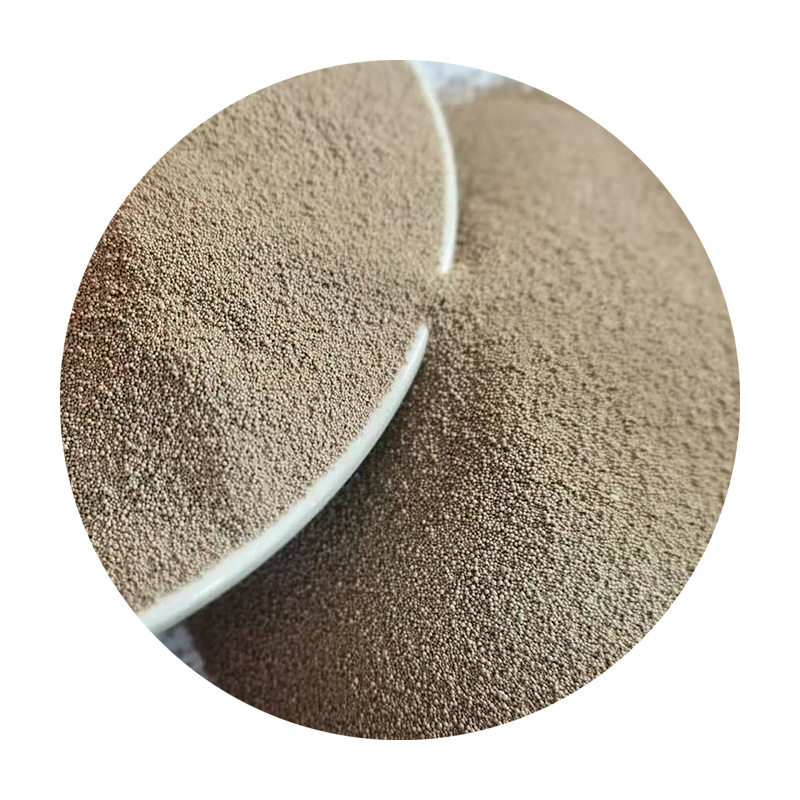The History of Sand Casting
Sand casting, one of the oldest known metal casting techniques, has a rich history that dates back thousands of years. This method, which involves creating a mold from sand to shape molten metal, has been utilized in various cultures across the globe, serving as an essential process for manufacturing metal objects.
The origins of sand casting can be traced back to ancient civilizations. Archaeological evidence suggests that the Egyptians were among the first to use sand casting around 3000 BC. They crafted intricate metal artifacts and tools, taking advantage of the abundant natural resources available to them. Sand casting allowed artisans to create both functional objects and decorative items, showcasing their advanced skills in metallurgy.
The History of Sand Casting
During the Middle Ages, sand casting continued to evolve. Foundries became more sophisticated, and improvements in technology allowed for greater precision in the casting process. Craftsmen began to experiment with different types of sand and binders, enhancing the quality and durability of their molds. This period saw the production of intricate religious artifacts, armor, and tools, reflecting the era's artistic and functional demands.
history of sand casting

The Industrial Revolution of the 18th and 19th centuries marked a turning point for sand casting. The need for mass production led to innovations that improved efficiency and consistency in the casting process. Factories began to utilize mechanized equipment, allowing for the rapid production of metal parts for various industries, including automotive and machinery. This shift not only increased the output but also reduced costs, making metal products more accessible to the general populace.
In the 20th century, sand casting underwent further advancements with the introduction of new materials and technologies. Engineers began to develop synthetic sands and advanced binding agents, which enhanced the mold's strength and allowed for more complex shapes. Additionally, the integration of computer-aided design (CAD) systems revolutionized the way molds were created, enabling manufacturers to achieve precision previously unattainable with traditional methods.
Today, sand casting remains a crucial technique in the metalworking industry. It is favored for its versatility, cost-effectiveness, and the ability to produce both small and large components. Various industries, including automotive, aerospace, and art, continue to harness the benefits of sand casting to create intricate parts and sculptures.
As we look to the future, the role of sand casting may evolve further with the continued integration of advanced technologies such as 3D printing and automated processes. These innovations hold the potential to enhance the efficiency of sand casting, making it even more adaptable to the dynamic needs of modern manufacturing.
In conclusion, the history of sand casting is a fascinating journey through time, marked by human ingenuity and adaptability. From its ancient origins in Egypt to its current applications in various industries, sand casting has demonstrated both resilience and relevance, proving that sometimes the oldest methods can still hold their ground in the face of modern innovation.
Post time:Aug . 06, 2024 12:20
Next:Exploring Innovative Techniques in 3D Printing with Sand for Advanced Manufacturing Applications
